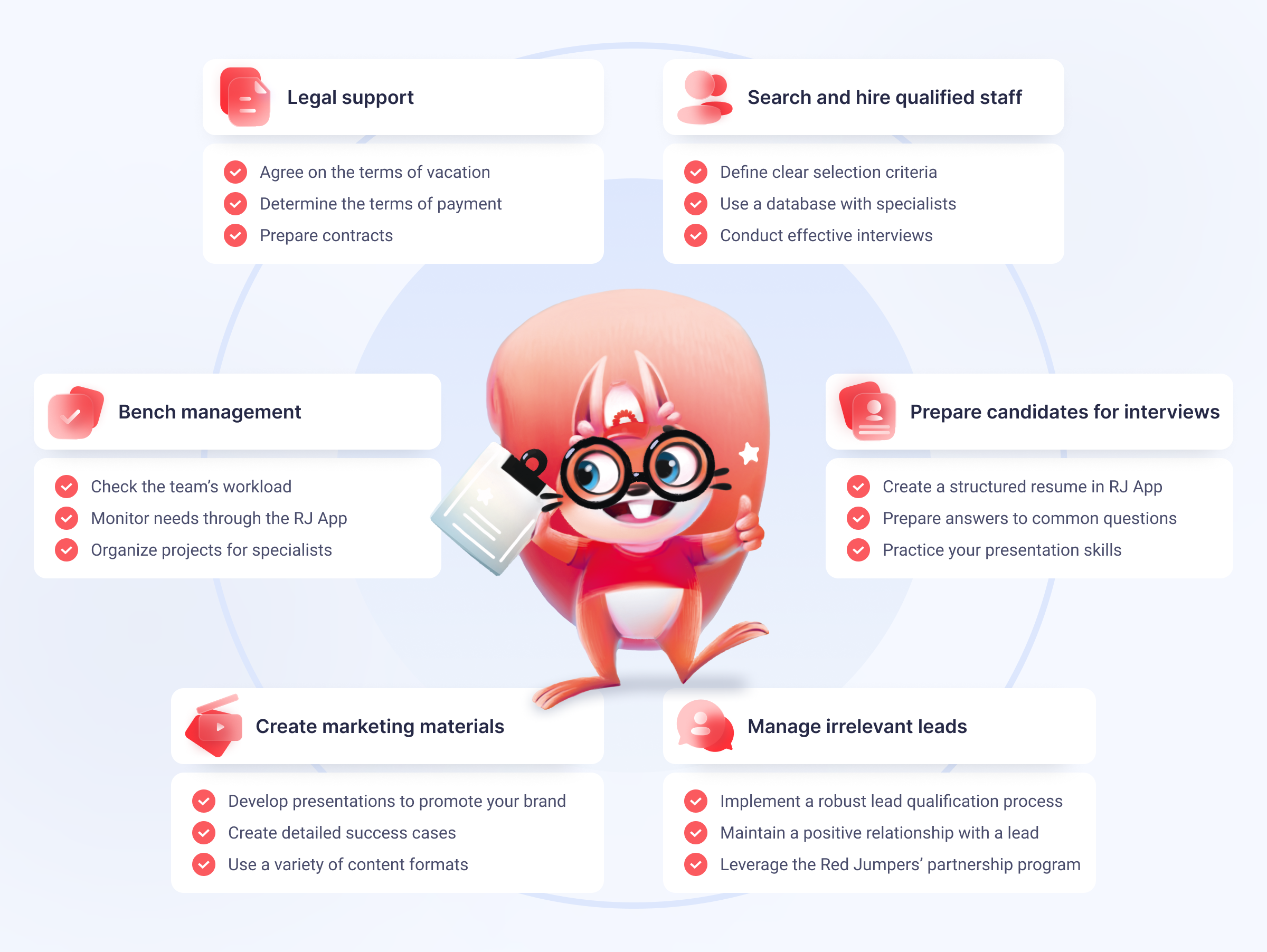According to Statista, in recent years, the cryptocurrency industry has experienced impressive expansion, and the outlook for future growth remains robust. As participants in the crypto market engage in speculation about the trajectory of digital assets, new opportunities are likely to emerge for both traders and investors.
The initial and crucial step towards participating in the buying and selling of cryptocurrencies involves the creation of a crypto wallet. This comprehensive guide delves into all aspects of crafting a crypto wallet, addressing its key features to consider, necessary tech stack, and more.
Without further ado, let’s get straight into it.

What is a Cryptocurrency Wallet?
A crypto wallet serves as a platform or application allowing users to store, buy, sell, send, and receive digital assets, complete with transaction record-keeping. While it doesn’t store the assets itself, the crypto wallet grants users access to their cryptocurrencies within the blockchain network. Typically installed on smartphones or desktops, it may also exist as a browser extension or a physical form.
In truth, operations involving the transfer of crypto assets entail transactions with information rather than the cryptocurrency itself. Users transfer ownership rights of a particular cryptocurrency among themselves.
When obtaining cryptocurrency, whether through purchase or as a gift, you guide your crypto sender to a distinctive cryptographic address provided by your wallet.
Essentially, your cryptocurrency wallet doesn’t physically contain your crypto coins – it functions as a gateway to the blockchain where they reside. As cryptocurrency exists in a non-physical form, the crypto wallet stores information pertaining to your public and private keys, representing your ownership of the crypto:
- The public key functions akin to a bank account number, serving as the wallet’s address, shareable with others.
- The private key acts as a PIN code for a bank card, providing the user exclusive access to their wallet’s assets. Safeguarding this private key is crucial to prevent potential wallet hacking or unauthorized fund access.
Utilizing these keys, you can facilitate the sending or receiving of cryptocurrency while ensuring the encryption of your private key for heightened security.
Types of Crypto Wallets
There are various types of crypto wallets depending on various criteria including user-friendliness, security measures, the range of supported cryptocurrencies, wallet format, and additional features. Let’s explore them to grasp their distinct characteristics.
Cryptowalltes by format:
- Hot wallets are software-based solutions designed for online connectivity, providing quick access to your cryptocurrency assets. They are accessible through web browsers, desktop applications, or mobile apps. While convenient for frequent transactions and trading, hot wallets are connected to the internet, making them more susceptible to hacking risks. Popular types include:
- Desktop wallets. Installed on your computer, these wallets offer control and accessibility.
- Mobile wallets. Designed for smartphones, mobile wallets enhance portability.
- Web wallets. Accessible through web browsers, web wallets offer convenience.
- Cold wallets, also known as hardware wallets, prioritize security by keeping your private keys offline. They are physical devices that store your keys in an isolated environment, mitigating the risk of online threats. While less convenient for frequent transactions, cold wallets are ideal for long-term storage. Prominent examples include:
- Hardware wallets. Compact devices like Ledger Nano S or Trezor store private keys offline, ensuring enhanced security.
- Paper wallets. Physical printouts containing your public and private keys. These are considered “cold” as they are not connected to the internet.
Cryptowalltes by governance:
Under the governance criteria, cryptocurrency wallets can be categorized into two groups – custodial and non-custodial, based on how they manage and store users’ public and private keys:
- Custodial services, exemplified by cryptocurrency exchanges, house users’ public and private keys on the company’s servers. Additionally, the responsibility for data backup lies with the developer. This category encompasses wallets provided by crypto exchanges and certain software wallets.
- Non-custodial wallets empower users to retain control by storing keys on their own devices. In this type, users create an account and specify a recovery phrase, ensuring access to their cryptocurrency even if the keys are misplaced. The reality is that opting for non-custodial alternatives, where users have greater control, is considered more secure compared to centralized custodial services.
How to Develop A Cryptocurrency Wallet?
To create a widely popular cryptocurrency wallet app, follow these steps:
- Dive into blockchain technology. Comprehending how it underpins digital currencies is crucial for building a successful crypto wallet app.
- Leverage existing open-source libraries like BitcoinJ SDK or Coinbase SDK. These resources simplify the development process and support various languages.
- Integrate APIs such as Coinbase, Bitcore, SimpleSwap, or Factom for a feature-rich wallet. APIs streamline synchronization with the blockchain ecosystem, accelerating development.
- Choose the right cloud platform, opting for Blockchain as a Service (BaaS) providers like Amazon, Azure, or Microsoft. Selecting the appropriate cloud service ensures secure development for your crypto wallet app.
- Tailor your technology stack based on your app’s requirements. For web apps, consider Node.js or Angular.js with HTML5 and CSS3. Choose Java or Kotlin for native Android apps and Swift or Objective-C for iOS apps.
- Prioritize security with features like 2FA, fingerprint, face ID, and hardware authentication. Ensure continuous security updates, quick bug identification, and resolution using the latest technology.
- Stay competitive by monitoring and understanding your competitors. Analyze their features and technologies to incorporate unique elements into your crypto wallet app.
- Take these steps to kickstart your crypto wallet app development:
- Decide on all features (we’ll talk about this below)
- Write and integrate application code with your database
- Design a simple, user-friendly interface.
- Conduct thorough testing before the app launch
Read our guide and learn about hiring a skilled blockchain development team.
Key Features to Include in Your Crypto Wallet App
A cryptocurrency wallet application should meet key requirements to enhance asset security and streamline trading processes. These essential features include:
- Unique access keys to provide users with distinctive public and private keys, allowing the option to add a personal password or implement two-factor authentication for enhanced security.
- Session duration limitation to enhance security by limiting session durations, automatically closing inactive sessions. Users must re-enter their login password to resume the session.
- Multi-currency support, catering to the diverse portfolios of investors and traders. Regularly update the list of supported tokens based on community demand.
- Buy & sell functionality to enable users to seamlessly buy and sell cryptocurrency assets, execute orders, and facilitate trades between users directly within the wallet application.
- Transaction options to allow users to send cryptocurrencies to other wallets using wallet numbers (public keys), facilitating essential transactions between users.
- QR codes integration to simplify actions like transactions, asset transfers, login processes, secure authorizations, and confirmations using QR codes for seamless functionality.
- Push notifications to ensure timely notifications, including one-time codes for transaction confirmation, updates on successful asset transfers, and alerts for unauthorized debits, crucial for maintaining security.
- Real-time conversion rate updates to keep users informed about the latest conversion rates, syncing with the blockchain network to provide up-to-date information during transactions due to the volatile nature of crypto assets.
- iOS and Android compatibility to launch the application on both platforms simultaneously for broader accessibility.
Tech Stack For Crypto Wallet Development
When embarking on the development of a crypto wallet application, the choice between desktop, web, or mobile app is crucial. Let’s explore advanced technologies suitable for each type:
- For desktop apps, choose Electron.js for cross-platform desktop applications using JavaScript, HTML, and CSS. Features include automatic updates, crash reporting, and robust debugging.
- Optimize web applications with React.js for interactive interfaces and Node.js for scalable backend development, ensuring high performance and flexibility.
- Streamline mobile app development for iOS and Android using React Native. Benefit from a single code base, a set of user interface components, and a user-friendly interface with important features like live updates.
Looking for a trustworthy and proficient blockchain development team for your next project? Contact Red Jumpers – your go-to choice for reliable expertise and innovative solutions.
How Can Red Jumpers Help You Hire The Best Developers?
Red Jumpers excels in facilitating your journey to hire the best developers through a tailored and efficient approach. We maintain a diverse pool of talented developers, giving you the flexibility to find the right fit for your project in terms of skills, expertise, and cultural alignment.
We prioritize quality assurance in our developer selection process. Red Jumpers ensures that the developers we recommend are not only skilled but also have a proven track record of delivering high-quality work on time.
Conclusions
Now equipped with the essential steps to create a cryptocurrency wallet, we hope that our article has been a valuable resource for you. Should you aspire to bring your cryptocurrency wallet idea to life, we are eager to assist. Our seasoned team of developers is committed to turning your vision into a reality, ensuring the development of a convenient and high-quality application. Let us be your partner in crafting a successful cryptocurrency wallet.




